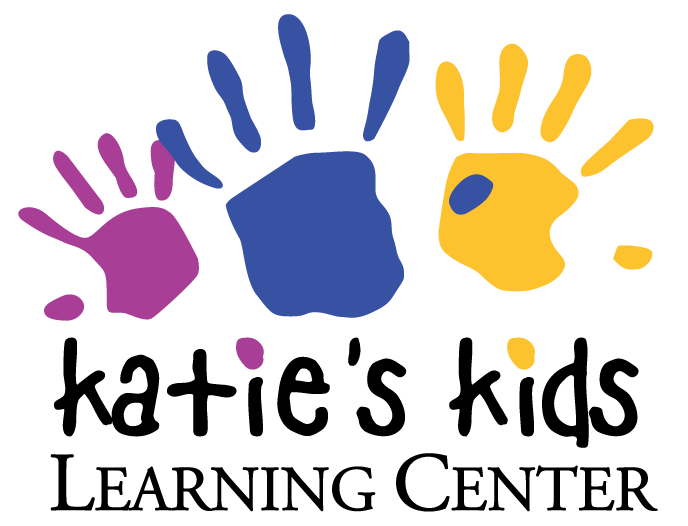Fabulous Family Resources
“Young children need their families and caregivers to work together..” write Amy Dombro, Judy Jablon and Margo Dichtelmiler in an article that provides the foundation for an Out of the Box Training Kit called ” The Power of Observation: Building Relationships With Families.” They explain that “you have to see yourself as partners with the child’s best interests as your shared concern. This partnership provides the continuity and support that children need to feel safe and secure enough to explore, play, enjoy, and learn in child care.
You and families each bring different sets of information to your relationship…You know about general patterns of child development and have developed a collection of strategies to support children’s learning. Parents and other family members focus on ‘their’ child. They know the specific information about that one special child in their life…For caregivers to know a child well, they need both sets of information. You will never know what a family knows unless you create a relationship in which you can exchange information, ask questions, and listen to one another.”
One resource early educators can share with families is a book called The Top Ten Preschool Parenting Problems. Author Roslyn Ann Duffy explains that the book is meant to be something families can pick up frequently – to look for answers to specific challenges they are experiencing at different ages and stages. Here’s an example of the kind of advice Duffy offers:
“Whining is not music to anyone’s ears, but it continues to top the misbehaviors charts. When something works, it gets repeated…If a child whines in the grocery store, begging for a candy bar and soon finds his mouth filled with melty chocolate – the whining worked. Will he try it again? Wouldn’t you? As with most frustrations, a good initial response is to take a deep breath. As that first shrill tendril of sound snakes its way into your consciousness, breathe in slowly (two or three times, if need be). Then suggest to your child that she takes a deep breath, too. Show her how to do so. Now ask her to tell you what she needs in a clear voice. Don’t mention the whine – focus on what you want to hear. Make that deep breath (yours and hers) the starting point. Then make clear communication the goal.
‘I want a cookie please.’‘That was a very nice way to ask. Thank you. You may have a cookie now.’
By responding to the well-spoken request instead of reacting to the initial whining, the behavior you want will get appropriate attention and the whining will not. Whining stops working.”

